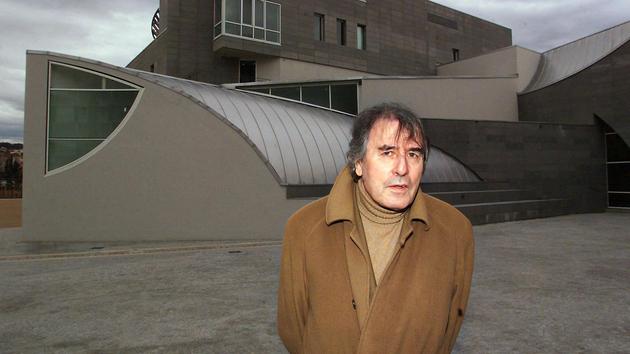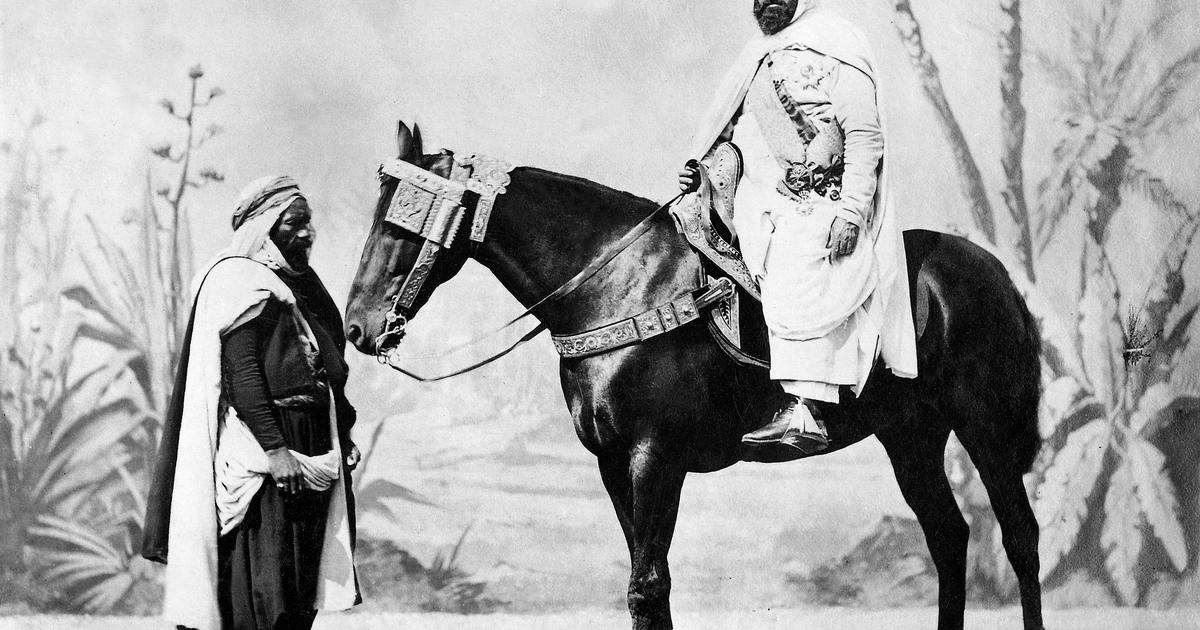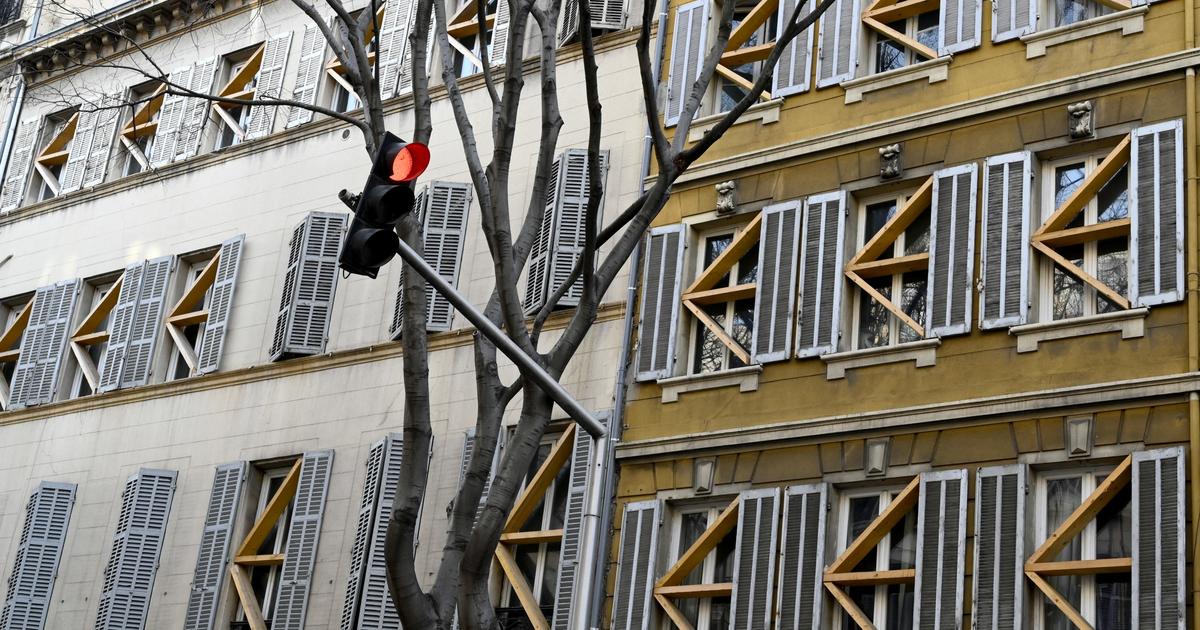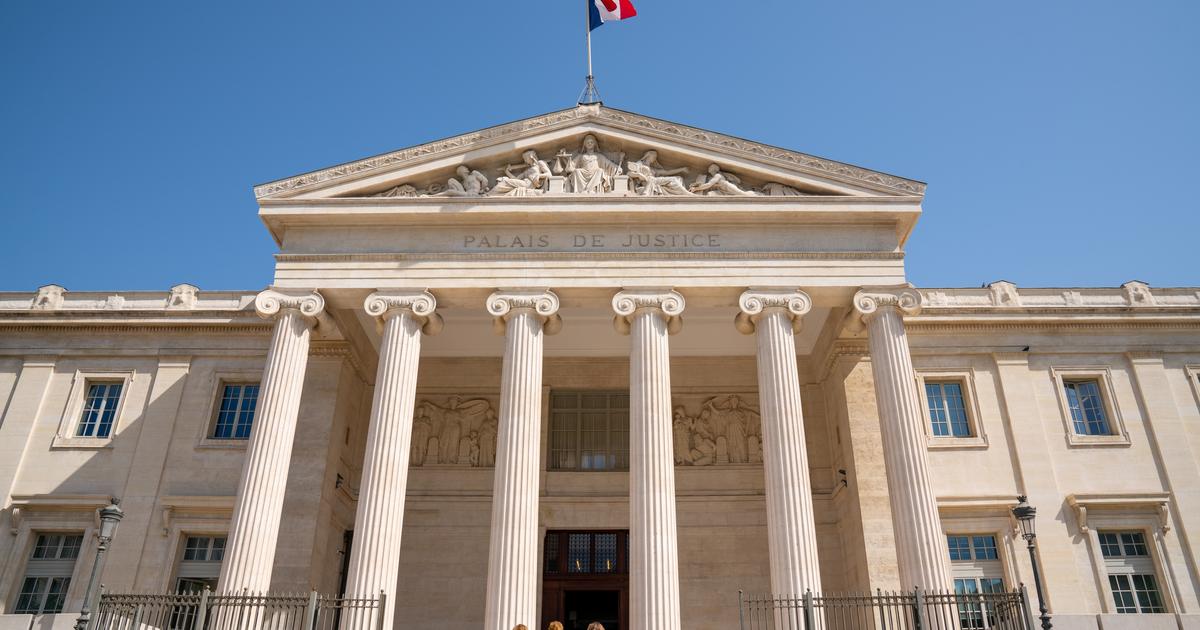He was one of the most discreet French architects, steeped in culture, keen on arts and literature.
Henri Gaudin, to whom we owe in particular the Charléty stadium and the redevelopment of the Guimet Museum in Paris, died Friday at the age of 87, his entourage announced.
A graduate of the École des beaux-arts, the one who briefly enlisted in the merchant navy was twice winner of the silver square, famous French architecture prize, first, in 1986, for a set of housing in Évry (Essonne) then, in 1994, for the Charléty stadium, built jointly with his son Bruno.
However, he refused the Grand Prix for architecture in 1989. A decision in line with the personality of a man fleeing recognition, who declared to
Le Figaro
in 2001:
“I painted knowing that I did not would not manage to be an architect.
I did architecture knowing that I would never be a writer.
And I am a writer because I am not an architect… ”
A tower is something quite unlivable, even if it produces very beautiful profiles
Henri gaudin
In fact, he took his first professional steps in the navy, to see the world, before exploring the city for which he advocated an
“architecture of the link”,
fiercely opposing certain excesses of contemporary planning.
He thus indicated to
Le Figaro
:
"We cannot think of housing like offices in terms of accumulation"
or even:
"A tower is something quite unliveable, even if it produces very beautiful profiles".
Opinions that resonate with force today in the world hit by the pandemic where we readily dream of making cities more airy, less tall and less dense.
"Knowing how to look"
As a man in love with classical culture and oriental references, he quoted Lao Tseu:
"The house belongs to whoever looks at it",
defending the idea of a harmonious relationship between private and public space, between the individual and the citizen.
A mantra for the one who had signed the Parisian Charléty stadium, all but closed, but in symbiosis with the surrounding city, or even the University of Amiens, a brick construction designed as a beguinage on the canals of the Picardy city.
"Whether in architecture, it's a question of air",
said the man who had also imagined other large-scale buildings across France, such as the archives of the Quai d'Orsay in La Courneuve or the Théâtre de Lorient, recognizable for their mix between straight lines and soft curves.
Her work, hailed by Roselyne Bachelot, Minister of Culture, as
"expressive and humanist"
, offers a pleasant balance between a sense of tradition, respect for function and free forms.
A synthesis symbolized by the main staircase of the Guimet Museum, all in concrete but with baroque accents, and about which he declared when reopening in 2001:
“The two large flights of stairs innervate the entire building.
The vertical dimension is posed, it is a way of linking, it is also a promontory from which the intelligence of the whole is shown.
Kissing eyes: in a museum, this notion is very important. ”
This look he made a lot of, recalling how much it was necessary for an architect to know how to look.
He had taught him this discipline alongside his cousin Paul Arzens, painter and designer, whom he accompanied when he was younger, outside, observing the landscapes, the city and its streets.
And above all by focusing on never arriving by conquering.
"Only time is able to say whether we have existed, whether we have had a relevant judgment on architecture,"
he used to repeat.









